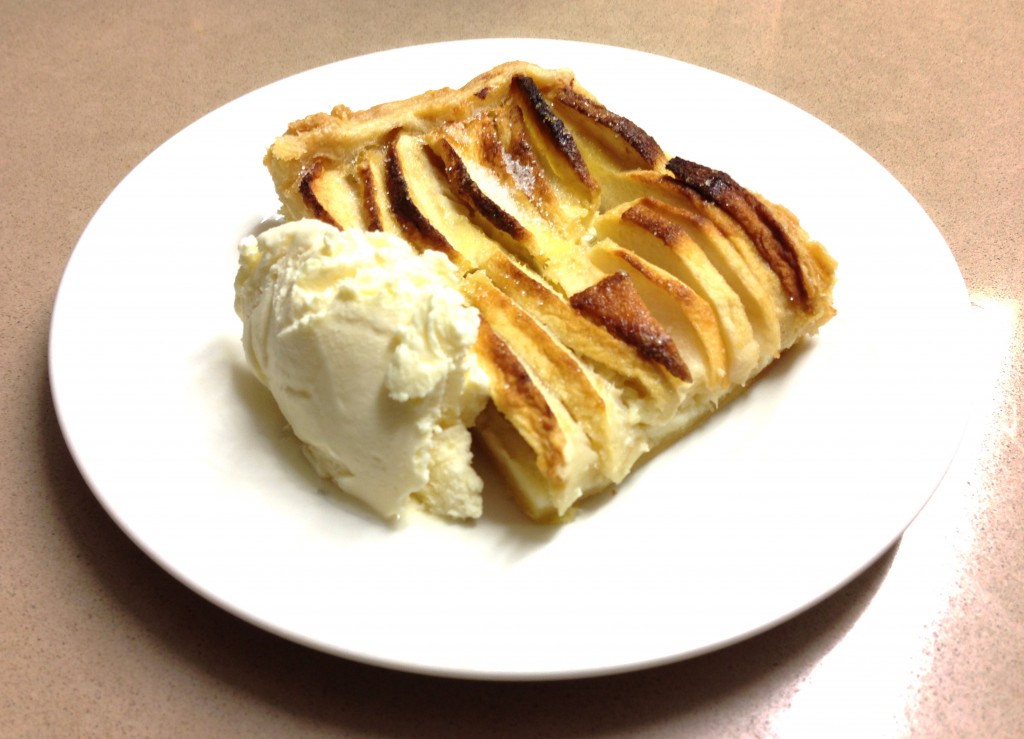Looking for inspiration for a family brunch I remembered my friend Karen telling me about a Campari and orange jelly she made recently from New Food, by Jill Dupleix, published in 1994. I’m not very good at culling cook books as I often find something in an old one which I can adapt or revamp. Amongst my collection I also had a copy of that book.
I made one and a half times the original recipe and, instead of using individual moulds, poured it into a rectangular dish, then cut it into cubes when set. I didn’t have quite enough orange juice so I added the juice of a lime. Served in Martini glasses, layered with labneh and orange segments the jelly cubes looked quite snazzy. A delicious and very refreshing brunch starter, which could also be served as dessert.
3 cups freshly squeezed orange juice
½ cup Campari
¾ cup water
6 tsp powdered gelatine
2 Tbs caster sugar, to taste
To serve:
Labneh
Icing sugar, to taste
Orange flower water, to taste (optional)
2 oranges, cut into segments
Mint sprigs (optional)
You will need to make the labneh the day before.
Mix orange juice with Campari. Place water in a small bowl and mix in gelatine and sugar. Zap in the microwave for 30 seconds or to dissolve the gelatine, then add to the orange juice. Tip into a small rectangular dish and leave in the fridge to set for several hours or overnight.
Mix labneh with icing sugar and a few drops of orange flower water to taste. With a sharp knife, cut jelly into cubes and layer in Martini glasses with the labneh and orange segments. If liked, garnish with a sprig of mint.
Serves 6






 We all know that children need good role models. But do we ever stop growing up? I think adults also need older friends to look up to and think “That’s how I want to be when I’m that age”. Such friends are a rare commodity and to be treasured.
We all know that children need good role models. But do we ever stop growing up? I think adults also need older friends to look up to and think “That’s how I want to be when I’m that age”. Such friends are a rare commodity and to be treasured.




